


Software Testing at EZEN is oriented towards ‘detection of defects in the software’. Testing is basically concerned with the operation of a system or application under controlled conditions and evaluating the results.
EZEN’s consulting experience has demonstrated the importance of accurately capturing business and project-specific requirements. Our consultants work closely with you to:
Understand your testing requirements.
Understand the levels of testing to be carried out, existing standards, and test procedures.
Review all technical documentation (requirements specifications, change requests, design documents, installation manuals, user manuals, etc.).
After reviewing and identifying customer requirements and standards, EZEN’s consultants suggest improvements and/or additions to the existing standards. Once they are approved and signed off by the customer, they enter the configuration management process (appropriate version control tools are used). These standards and templates will be enforced by SQA during all levels of testing.
EZEN has expertise in testing at all levels. At each test level, the results are documented, reviewed, and signed off. This is done to ensure that quality testing is carried out according to Configuration Management (CM) procedures.
Each level of testing is either considered black box testing or white box testing.
Black box testing: This is not based on any knowledge of internal design or code. The tests are based on requirements and functionality.
White box testing: This testing is based on knowledge of the internal logic of an application’s code. Tests are based on coverage of code statements, branches, paths, and conditions.

Unit Testing
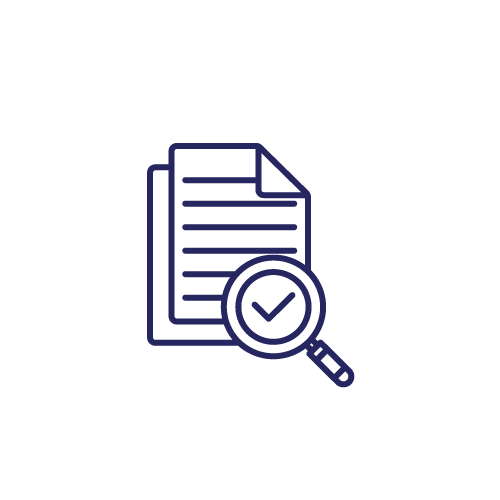
Parallel / Audit Testing
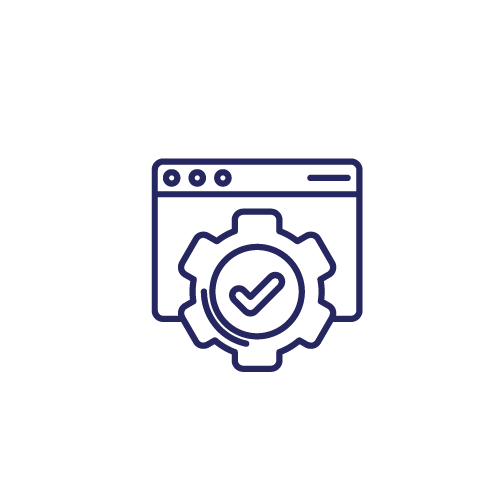
Functional Testing

Usability Testing
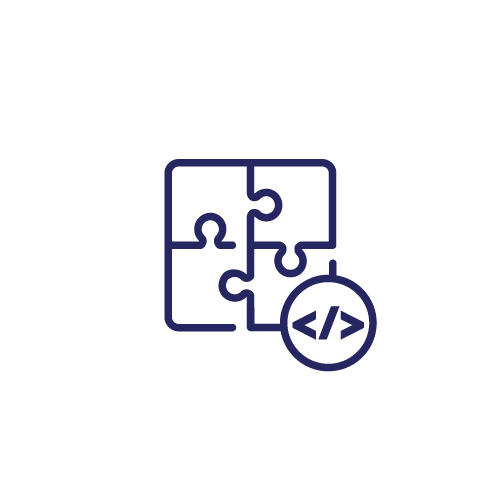
Integration Testing
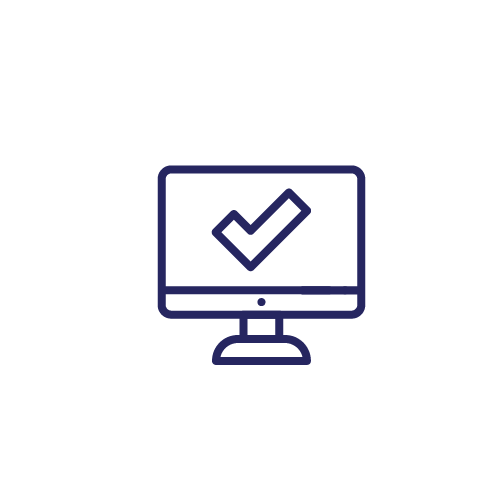
System Testing
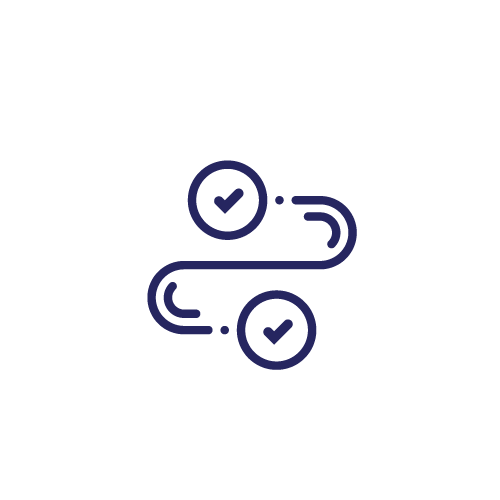
End-to-End Testing

Regression Testing

Sanity Testing
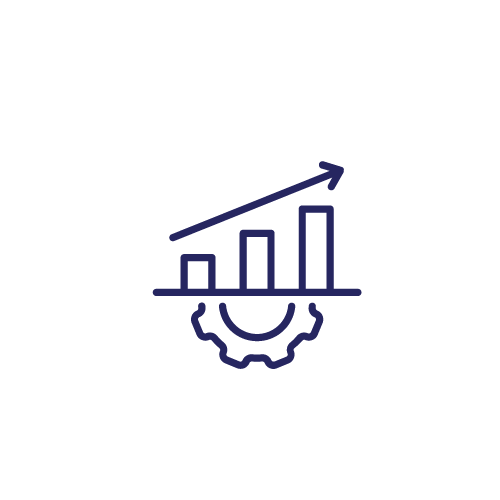
Performance Testing

Security & Penetration Testing

Recovery/Error Testing

Compatibility Testing
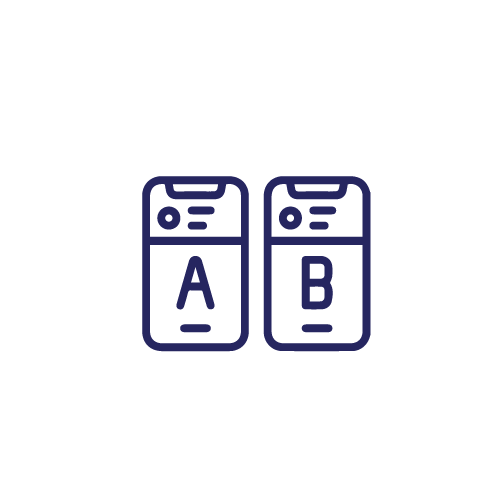
Comparison Testing
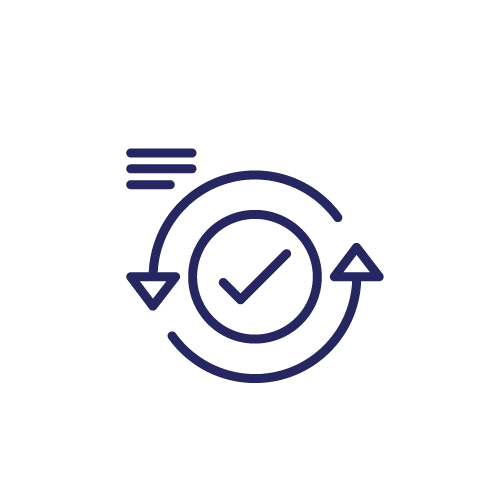
Acceptance Testing
EZEN is a provider of digital transformation services and solutions to the healthcare industry, serving providers, life sciences (pharmaceuticals and medical devices), and technology firms (serving provider and life sciences markets).
EZEN makes an ideal partner for organisations looking at both transactional and transformational IT and Digital solutions because of its core capabilities, great human resources, commitment to quality, and the infrastructure to deliver a wide range of technology, consulting, and global staffing solutions and services, 24/7.